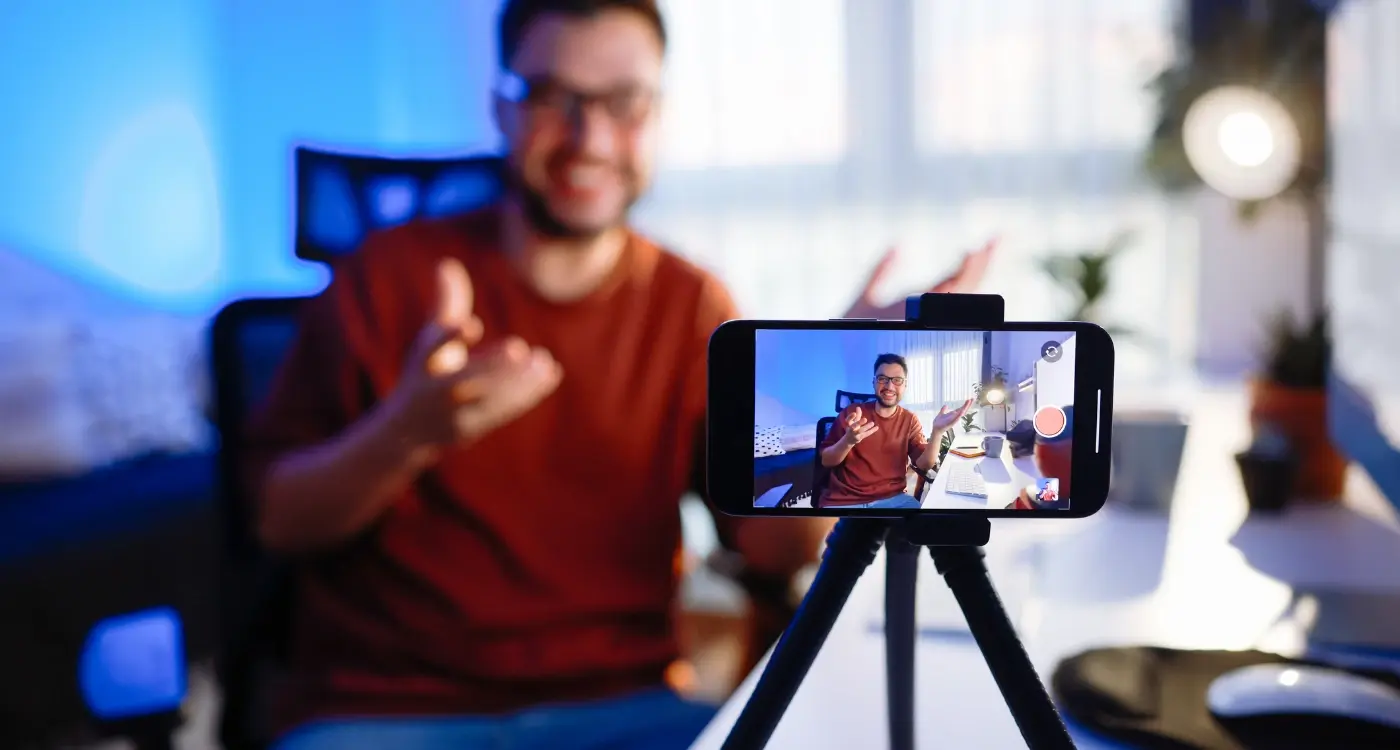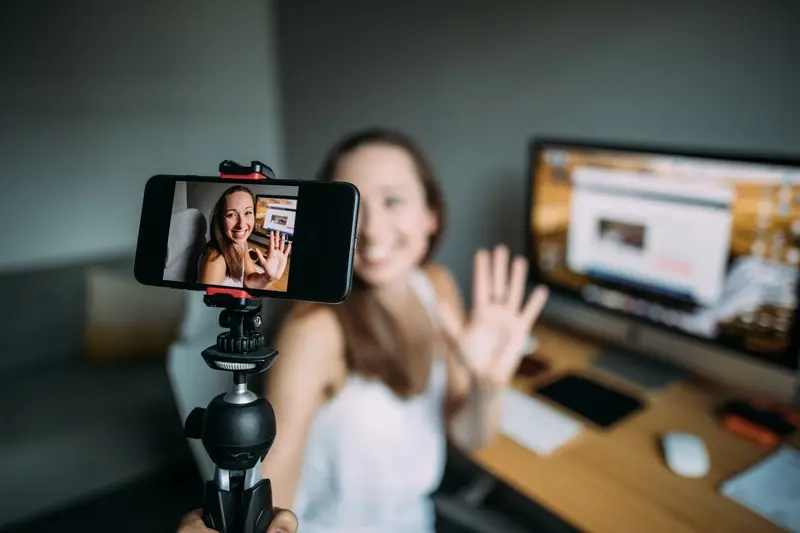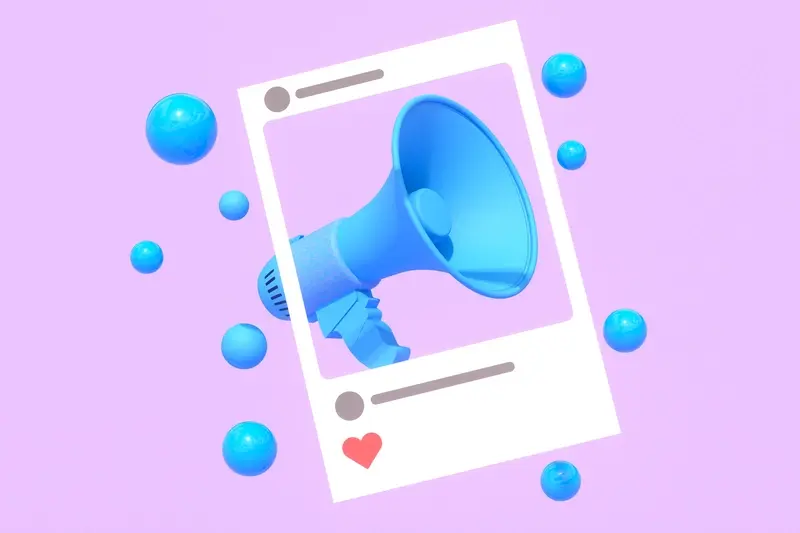What's The Best Way To Find Micro-Influencers For App Promotion?
Over 92% of consumers trust recommendations from people they know over traditional advertising, and micro-influencers sit right in that sweet spot between authentic recommendations and marketing reach. These creators with smaller but highly engaged audiences can make or break your mobile app's success—but finding the right ones feels like searching for a needle in a haystack.
The mobile app market is more crowded than ever, with millions of apps fighting for attention in app stores. Traditional advertising methods are becoming less effective as people develop banner blindness and skip through ads. That's where micro-influencers come in; they've built genuine connections with their followers and can introduce your app in a way that feels natural and trustworthy.
The best micro-influencer partnerships don't feel like marketing at all—they feel like a friend sharing something cool they've discovered
This guide will walk you through the entire process of finding, evaluating, and working with micro-influencers to promote your mobile app. We'll cover everything from understanding what makes a good micro-influencer to measuring the success of your campaigns. Whether you're working with a tight budget or have room to experiment, you'll learn practical methods that actually work—not just theory that sounds good on paper.
Understanding Micro-Influencers and Why They Matter for Mobile App Marketing
I've worked with countless app developers over the years, and there's one marketing strategy that consistently catches people off guard—micro-influencers. Most people think you need massive celebrities with millions of followers to make a dent in app downloads, but that's not true at all. Micro-influencers are content creators with smaller, more engaged audiences, typically between 1,000 and 100,000 followers.
What makes them special isn't their follower count; it's their connection with their audience. These creators have built genuine relationships with people who trust their opinions and recommendations. When a micro-influencer shares your app, their followers actually pay attention—and more importantly, they take action.
Why Micro-Influencers Work Better for Apps
The numbers don't lie. Micro-influencers typically see engagement rates of 3-7%, whilst mega-influencers with millions of followers often struggle to hit 2%. For mobile apps, this matters enormously because you need people who will actually download and use your app, not just scroll past it.
Plus, working with micro-influencers is much more affordable than hiring big-name celebrities. You can often collaborate with multiple micro-influencers for the cost of one major influencer—spreading your message across different audiences and increasing your chances of finding the right users for your app.
Finding the Right Platforms Where Your Target Audience Spends Time
After years of working with mobile app developers and watching their marketing campaigns succeed or fail, I've noticed one pattern that separates the winners from the losers: they know exactly where their users hang out online. It sounds simple, but you'd be surprised how many people skip this step and jump straight into influencer discovery without understanding their target audience first.
The truth is, different age groups and interests gravitate towards different platforms. Your teenage gaming app users probably aren't scrolling through LinkedIn, just like your business productivity app audience might not be creating TikTok dances. Getting this wrong means you'll be shouting into the void—and wasting your marketing budget.
Where Different Demographics Actually Spend Their Time
Let me break this down for you based on what I've seen work for mobile app marketing campaigns:
- Instagram and TikTok work brilliantly for lifestyle, fitness, and entertainment apps targeting younger users
- YouTube attracts people looking for tutorials, reviews, and longer-form content about productivity and educational apps
- Twitter connects well with tech-savvy users who love discussing new mobile app features and updates
- LinkedIn reaches professionals who might use business or networking apps
- Facebook still has massive reach for apps targeting older demographics
Check your app's analytics to see which social platforms your current users are sharing from—this gives you real data about where your audience actually spends time, not just where you think they should be.
The key is matching your mobile app's purpose with the platform's natural behaviour. People go to different places online for different reasons, and your influencer discovery efforts should follow that logic.
Using Influencer Discovery Tools and Databases to Speed Up Your Search
Look, I'll be honest with you—manually scrolling through Instagram or TikTok looking for the perfect micro-influencer is like trying to find a needle in a haystack. I've watched countless app developers waste weeks doing this, when there are brilliant tools that can do the heavy lifting for you.
The beauty of influencer discovery platforms is that they've already done the hard work of cataloguing millions of creators. Tools like AspireIQ, Upfluence, and Klear let you filter by audience size, engagement rates, and most importantly for us app developers, by the topics they post about. You can literally search for "fitness apps" or "productivity tools" and find creators who are already talking about your niche.
What to Look for in Discovery Tools
Not all platforms are created equal, and some are frankly overpriced for what they offer. When I'm evaluating tools for clients, I focus on these key features:
- Audience demographic breakdowns (age, location, interests)
- Engagement rate calculations and trends over time
- Contact information or direct outreach capabilities
- Fake follower detection and authenticity scores
- Campaign management and tracking features
Free tools like Social Blade can give you basic analytics, but paid platforms like Creator.co or Grin offer much deeper insights. The investment usually pays for itself when you consider the time saved and the better partnerships you'll build.
Manual Research Methods That Actually Work for Finding Hidden Gems
Sometimes the best micro-influencers aren't sitting in fancy databases waiting to be discovered—they're hiding in plain sight across social media platforms. I've found some brilliant partnerships by simply rolling up my sleeves and doing the detective work myself.
Start with hashtag hunting
Type in hashtags related to your mobile app's niche and scroll through the results. Look for accounts with decent engagement but not massive follower counts. The sweet spot is usually between 1,000 and 10,000 followers who actually interact with the content.
Check out your competitors' followers
This one's sneaky but effective. Go to your competitor's social media accounts and look through their followers and people who comment regularly. These people are already interested in apps like yours, making them perfect candidates for influencer marketing campaigns.
The most authentic micro-influencers are often the ones who aren't actively trying to be influencers—they're just passionate about their interests
Don't forget to explore the "suggested accounts" feature on Instagram and TikTok. The algorithm often surfaces similar accounts that might be perfect for your mobile app promotion. I've discovered some fantastic micro-influencers this way who had genuine audiences that converted really well.
Evaluating Micro-Influencers Before You Reach Out to Them
Finding micro-influencers is one thing—working out whether they're worth your time is another entirely. I've seen plenty of app developers get excited about an influencer's follower count, only to discover their audience is completely wrong or their engagement rates are terrible. Don't make that mistake.
Start by looking at their actual followers, not just the number. Are these real people who match your target audience? Check the comments on their recent posts—do they feel genuine or are they just generic responses like "great post!" scattered everywhere? Real engagement means people are asking questions, sharing experiences, and having proper conversations about the content.
Look Beyond the Numbers
Engagement rate matters more than follower count. A micro-influencer with 5,000 engaged followers who actually care about tech and apps is worth ten times more than someone with 50,000 followers who never interact. Calculate their engagement rate by dividing total engagement (likes, comments, shares) by their follower count—anything above 3% is decent, above 6% is excellent.
Check Their Content Quality
Scroll through their recent posts and ask yourself: would I trust this person's recommendation? Do they create thoughtful content or just post random selfies? Look for influencers who already talk about apps, technology, or topics related to your app's purpose. They'll feel more authentic when promoting your app to their audience.
Building Relationships and Creating Partnerships That Benefit Everyone
Right, so you've found your perfect micro-influencers and you're ready to reach out. But here's the thing—this isn't about sliding into their DMs with a generic pitch and hoping for the best. Building genuine relationships with micro-influencers takes time, and honestly, it's more like making friends than closing a business deal.
Start by actually engaging with their content before you even think about pitching your mobile app. Like their posts, leave thoughtful comments, share their content when it makes sense. This isn't some sneaky strategy—it's just basic human decency. When you do reach out, they'll recognise your name and know you're not just another faceless brand trying to use them for marketing.
Making Your First Approach
When you're ready to make contact, personalise every single message. Reference something specific from their recent content, explain why your app genuinely fits their audience, and be upfront about what you're offering. Whether that's payment, free premium features, or exclusive access to your app—just be honest about it.
Always lead with value for their audience first, not what you want from them. Ask yourself: "What's in it for their followers?" before you hit send.
Creating Win-Win Partnerships
The best influencer partnerships feel natural and provide real value to everyone involved. Here's what works:
- Give influencers creative freedom to showcase your app in their own style
- Provide exclusive discount codes or features their audience can't get elsewhere
- Offer long-term partnerships rather than one-off posts
- Create custom content or features specifically for their audience
- Be responsive and easy to work with—influencers talk to each other!
Remember, micro-influencers chose their niche because they're passionate about it. If your mobile app genuinely helps their audience, they'll be excited to share it. But if you're just trying to get cheap advertising, it'll show—and it won't work.
Measuring Success and Learning from Your Influencer Marketing Campaigns
After working with countless micro-influencers over the years, I can tell you that measuring success isn't just about counting downloads—though that's obviously important! The real magic happens when you start tracking the right metrics and learning from each campaign.
What Numbers Actually Matter
Start with the basics: app downloads, install rates, and cost per acquisition. But don't stop there. Track engagement metrics like how long users stay in your app after discovering it through an influencer, retention rates after 7 days, and whether these users actually complete key actions like signing up or making purchases.
I always tell my clients to look at the quality of traffic, not just quantity. A micro-influencer with 5,000 followers might bring you 50 highly engaged users who stick around, whilst someone with 50,000 followers might deliver 200 downloads that disappear within hours.
Learning for Next Time
Keep detailed notes about what worked—the type of content, posting times, even the influencer's tone of voice. Some of my most successful campaigns have come from applying lessons learned from previous partnerships. Create a simple spreadsheet tracking each collaboration's performance; you'll start spotting patterns that help you choose better partners and create more effective briefs for future campaigns.
Conclusion
Finding the right micro-influencers for your mobile app doesn't have to be a nightmare—though I'll admit it can feel like one when you're starting out! The key is having a clear plan and sticking to it. You know your audience, you've got your tools ready, and you understand what makes a good partnership work.
What I've learned over the years is that successful influencer discovery isn't about finding the person with the most followers or the flashiest content. It's about finding someone whose audience genuinely cares about what they have to say. Those 5,000 engaged followers who trust their recommendations? They're worth far more than 50,000 people who just scroll past.
The manual research methods we covered might take longer, but they often uncover the best partnerships. Don't skip the evaluation process either—it saves you time and money in the long run. Building genuine relationships takes effort, but it's what separates successful campaigns from forgettable ones.
Most importantly, keep measuring and learning from each campaign. What works for one app might not work for another, and that's completely normal. Marketing is about testing, tweaking, and finding what clicks with your specific audience. Start small, be patient, and remember that the best influencer partnerships often grow over time.
Share this
Subscribe To Our Learning Centre
You May Also Like
These Related Guides

How Do I Avoid Fake Influencers When Promoting My App?

What Are The Biggest Mistakes In App Influencer Marketing?



